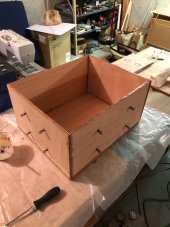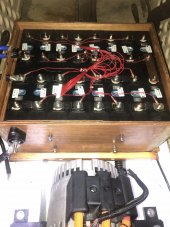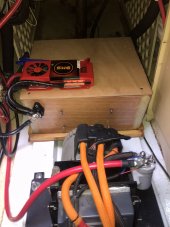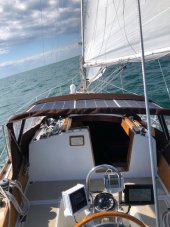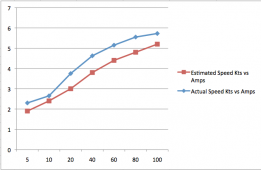Here is a basic wiring diagram. Probably not enough detail. Please let me know and I'll get more from the supplier.
That works, the LEV200 is the contactor and one that is broadly used in the marine community, for both disconnects like in your motor system as well as for BMS applications.
I am very certain that the BMS can share control of that contactor so you get a simplified system. The hookup depends on which BMS you use.
LEV200, KILOVAC Series - TE Connectivity Aerospace, Defense and Marine - Contactors (Electromechanical) | Online Catalog | DigiKey Electronics
Browse DigiKey's inventory of LEV200, KILOVAC SeriesContactors (Electromechanical). Features, Specifications, Alternative Product, Product Training Modules, and Datasheets are all available.
www.digikey.com



